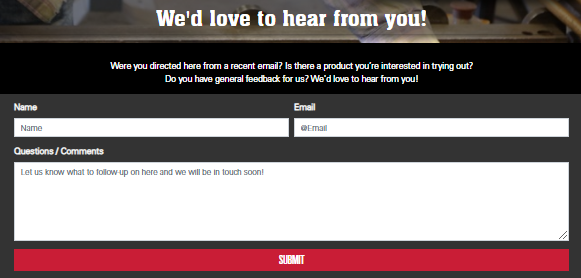02 Aug 08/02/2022
Stay Chilled with Comfortable Cooling Towels and Gear
Heat exposure can be dangerous for those performing strenuous work inside or outside in hot temperatures. According to OSHA, most fatalities occur from heat stress within the first week of work, primarily because of unpreparedness and the body not being adjusted to increased temperatures. From 1999 to 2010, 8,081 heat-related deaths were reported in the United States. And, in case you were unaware, the planet has been warming every year since 1980; see the chart below. For this reason, it's imperative to have resources to help individuals cope with hot environments and protect them on the job.

2020 was the second-warmest year recorded by the National Oceanic and Atmospheric Administration's temperature data.
One of the best tools for beating the heat is cooling gear, which helps the body maintain a safe temperature and helps minimize the effects of heat exhaustion that workers can experience when operating in hot conditions. When a heatwave hits, these products give an overheating person the chance to cool down and recover much faster than their body can manage alone. For these reasons, cooling gear is sold as personal protective equipment (PPE), just like gloves and other safety gear offered by MCR Safety.
.png?h=471&w=900&hash=B0B17C11965E8E384B00325A6FC05AF8)
A cooling towel is a go-to choice for heat overload.
Below, we'll describe what a cooling towel is, how these towels work, and the best ways to put cooling towels to good use. We'll also cover the types of materials used in cooling towels and address some common questions about using them.
Cooling Towels For Neck
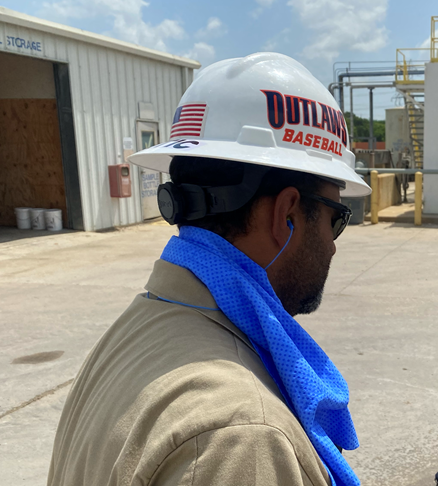
What Is a Cooling Towel? An evaporative cooling towel is a form of cooling gear designed to aid in heat stress prevention and can help a person fight fatigue while working or playing in the heat. Cooling towels incorporate soft, absorbent, lightweight material that helps the body stay cool more efficiently. They can also be used to help bring down fevers, alleviate headaches, combat hot flashes, and cool night sweats.
Towels are the most sought-after cooling gear because they cover the neck and shoulders, areas often exposed to direct sunlight. As we highlight in our article, Uncovering Ultraviolet UV Light, whenever you're outside working, it is essential not to forget the vulnerable parts of the body that sometimes are overlooked, like the neck. Cooling towels keep your neck protected from the sun and keep you cool. That's double protection, which makes a lot of sense!
Unlike cotton towels, cooling gear can quickly be rung out, and they don't drip all over the place. They also provide a barrier between your neck and clothing if your exertion level increases and you begin sweating.
How Do Cooling Towels Work?
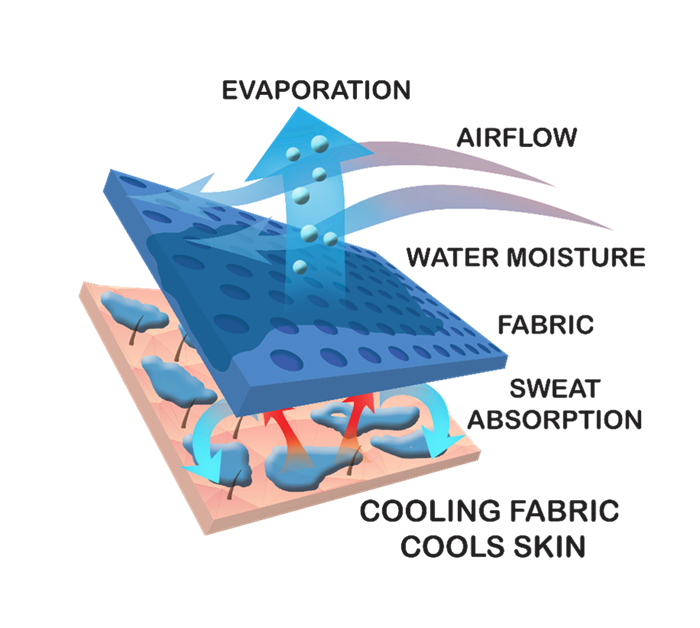
Cooling towels and similar cooling gear use the scientific principle of wet evaporative cooling to work their magic. Like the body's natural sweat function, these handy forms of PPE help direct heat away from one's body. As water evaporates into the air, a cooling towel produces a chilling sensation that feels refreshing on the skin and helps the body cool down. While a simple damp towel can produce a similar effect, cooling towels have several significant benefits over standard towels. When pressed against hot skin, a cooling towel feels much cooler and more refreshing than a wet cotton towel due to its enhanced materials. Cooling towels also stay cool much longer than standard towels, which significantly extends the benefit of the chilling effect on the human body.
Always remember that environmental variables play a significant role in cooling towel performance. Temperature, humidity, and airflow can all affect how well cooling towels perform at lowering body temperature. While cooling towels are highly effective in areas with low to medium humidity, cooling gear does not work as effectively in highly humid environments. When the ambient air is too humid, effective evaporation cannot take place. In these conditions, cooling towels will still work to some degree, but you'll have to dampen the cooling gear with fresh water more frequently. Some work sites will store towels in chilled coolers so workers can quickly access fresh towels as needed. It's also imperative that the towel has plenty of airflow. Otherwise, it will negatively impact the evaporative process.
When used on strategic points on the body where veins are closer to the skin's surface, like the neck, cooling towels can lower the temperature of the blood flowing through these veins and allow the whole body to feel cooler. For optimal results, it's best to place cooling gear on areas with large blood vessels that will provide the most impact in regulating your body temperature. These include the head, neck, upper arm, wrists, legs, and ankles.
Uses

Hot work conditions are harsh, can quickly become unbearable, and even dangerous for workers. Cooling gear suits many industries with potentially hot environments, including construction, landscaping, maritime, welding, farming, forestry, package delivery, and emergency services. Cooling gear can be worn while performing moderately strenuous activities like the following:
- Airport workers operating in summer heat loading and unloading trucks
- Any geographical area with elevated temperatures
- Autobody repair shop workers employed in spaces that have limited cool air coming in and involve running hot engines
- Construction laborers working in the hot sun
- Cooks standing in hot kitchens and working over hot grills
- Food service workers taking orders outside at fast food sites
- Grocery store and retail workers handling shipments and collecting carts in the parking lot
- HVAC mechanics working in attics
- Manufacturing and foundry workers operating machines that produce high heat
- Outdoor recreation and sports, including golf, hiking, riding bikes, running, soccer, tennis, and other forms of exercise
- Outdoor yard work such as mowing and gardening
- Pipeline welder operating hot torches, often in the sun
- Theme park visitors and vacationers who walk long distances at Disneyworld or Six Flags, or those who spend time at the beach
- Warehouse workers handling boxes and packages
- When living in a residence that does not offer air conditioning
When someone at a tough outdoors job site needs to get back to work quickly, a cooling towel can be wrapped or folded into a wearable head bandana that moves along with them. On construction sites, these towels are often worn on the neck for UV light protection or underneath a worker's hard hat, ensuring long-lasting, cooling relief. To use a cooling towel, quickly wet it with cold water and wring out the excess moisture. Apply it to the crown of the head, neck, or shoulder area to feel the chilling effect. To lower the body's temperature as efficiently as possible, use the cooling towel on the neck, wrists, and ankle pulse points to dissipate the heat from the blood as it circulates.
Cooling towels work best when they're easily accessible in hot environments. Keep them tucked away in clean, dry storage bags where they are easy to get to at a moment's notice.
Types of Materials
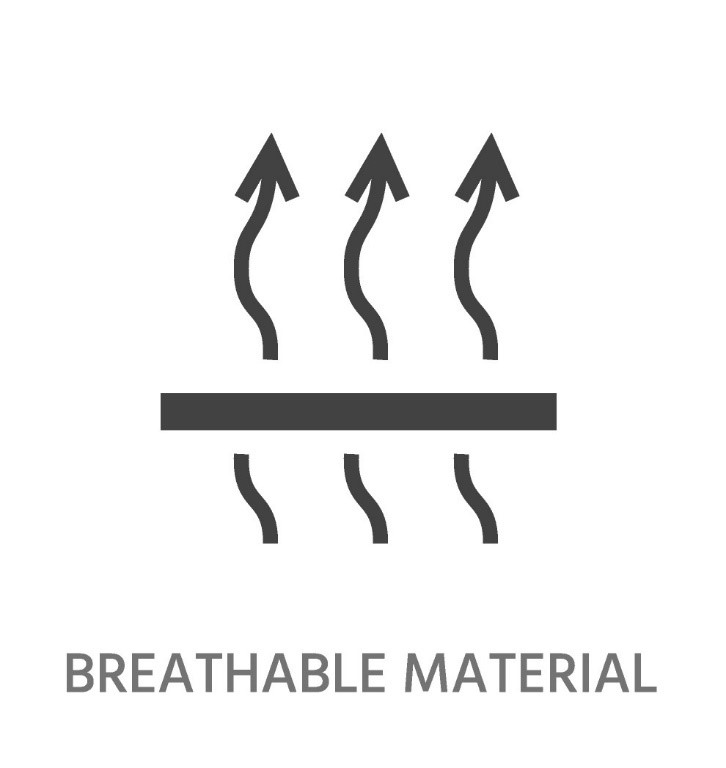
Cooling gear is manufactured from three primary materials: polyvinyl acetate (PVA), polyester microfiber, and 88/12 polyester/spandex blend. All provide effective evaporative cooling properties and can stay cool for hours. However, there are differences in quality and performance. Let's break down each type of material and highlight the products that use them.
PVA

Polyvinyl alcohol (PVA) is a safe and spongy-like material with a wicking effect, absorbing moisture to create a cooling sensation as it evaporates. PVA is the highest-grade cooling material available, becoming cushiony and flexible when wet due to its highly effective absorbency properties. Its extra-thick design allows the towel to hold additional water, ensuring extended periods of use. PVA cooling gear is our best rated, as it can last up to four hours on a single soak, drawing heat away from your body. Once dry, a PVA towel can be soaked in cool water until it becomes soft again, then wrung out slightly, and the cooling sensation of the evaporative process starts again.
In addition, the material quickly activates. Once you remove the gear from its container, it will provide an instant cooling sensation when exposed to air. After removing the product, you'll want to run it under water for about a minute or until it is fully saturated. Below is a look at the various styles of PVA cooling gear we provide.
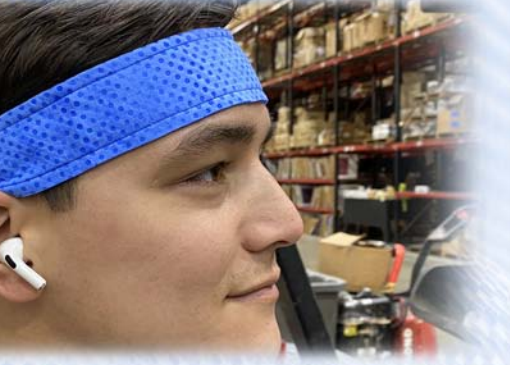
CGBD03, MCR Safety's PVA cooling bandanna, easily wraps around the crown of the head. Once comfortably wrapped around your head, tie the two ends together to secure them in place.

MCR Safety's CGNW03 is a neck wrap with an adjustable slit closure designed to easily cover the neck.

MCR Safety's CGT03 is our most oversized cooling towel, allowing it to easily hang around your neck and providing users with a unique cooling sensation. It is long enough to wrap around the neck twice or to loosely hang on the sides.
Microfiber
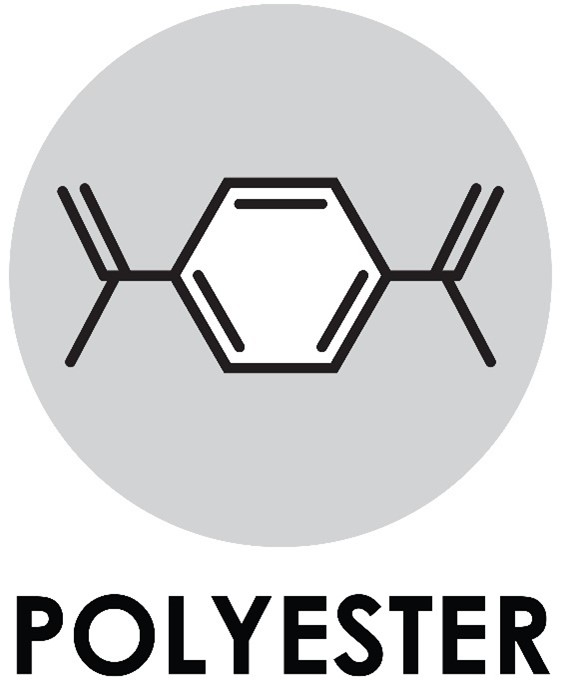
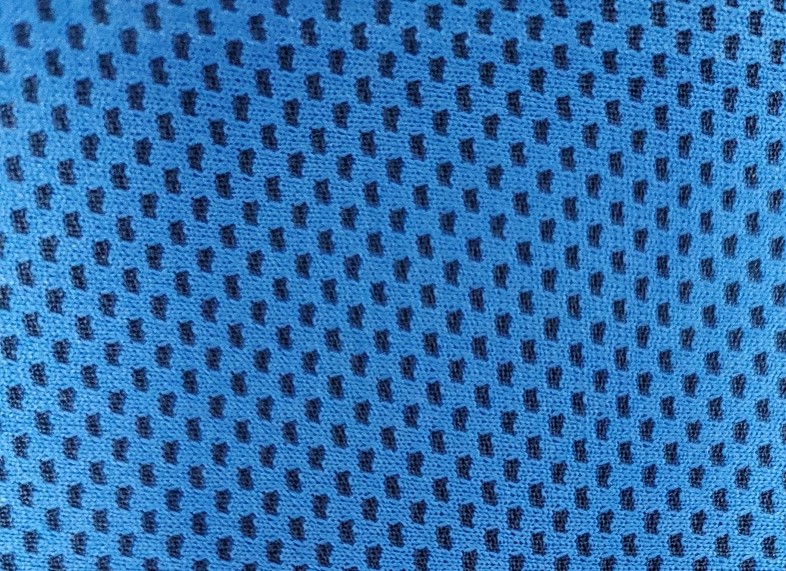
Microfiber mesh is another primary material used in cooling gear. This lightweight material creates product styles that offer two layers of soft, moisture-wicking fabric woven together. One layer is solid, and the other is perforated. It's important to remember that the perforated side is the side you'll want to have to touch your skin. It's the side that enhances airflow and allows for more effective evaporation. This cost-effective option does have less absorbency performance than PVA styles but remains cool for roughly two hours in typical conditions. Even when it's dry, the microfiber material stays soft and is highly comfortable on the skin. And that soft feel is impressive if you wear this gear to cover your face.
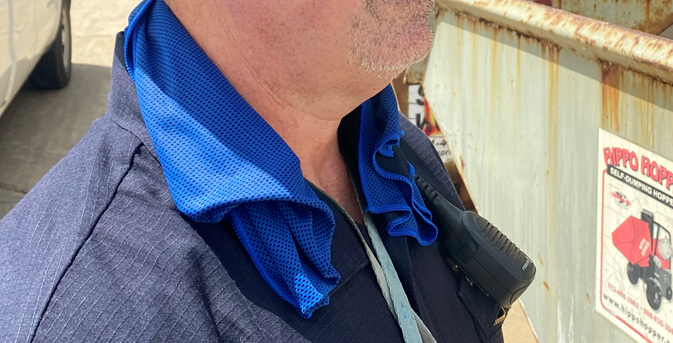
MCR Safety's CGT13 is our lightweight polyester microfiber cooling towel.
88/12 Polyester/Spandex

Next is the 88/12 polyester/spandex blend, designed for use in applications where stretchability over one's entire face is needed. You'll find this blended material used in our Neck Gaiter lineup. This material easily stretches and is exceptionally lightweight. Below is a look at all the various styles we provide using this polyester/spandex blend.
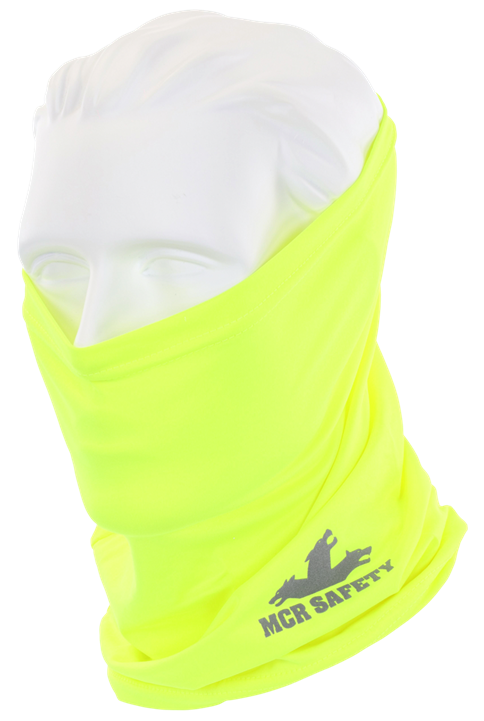
Cooling Towel Face Mask
Check out the 88/12 neck gaiter style that covers the entire face and provides evaporative cooling technology! MCR Safety's CGNG8 features a stretchable polyester/ spandex blend that gives users a snug fit that is ideal for sun, heat, and dust protection.
Product Matrix

| Cooling Type | Material | Material Weight | Cooling Duration | Anti-Microbal | SKU |
|---|---|---|---|---|---|
| Bandanna | PVA | Lightweight | Long | Yes | CGBD03 |
| Neck Gaiter | Microfiber | Featherweight | Short Term | Yes | CGNG8 |
| Neck Wrap | PVA | Lighweight | Long | Yes | CGNW03 |
| Towel | PVA | Lightweight | Long | Yes | CGT03 |
| Towel | Microfiber | Ultra Lightweight | Medium | Yes | CGT13 |
Common Questions

How should I use a cooling towel?
- Cooling towels work as a result of evaporation. This means they need water and air to work effectively. To use, take the cooling towel, place it under running water, squeeze any excess water out, give it a quick shake, then apply it to your head and pulse points. This process is commonly known as "wet, wring, shake." Never place your gear in the freezer, as this will cause it to become brittle. However, you can place cooling gear inside your refrigerator within container packaging or baggies, as this helps keep it well chilled!
What's the best way to wash a cooling towel?
- Cooling gear does need to be cleaned frequently to avoid cross-contamination from sweat and bacteria. Hand washing is the gentlest way to wash a cooling towel. Use a little clothing detergent, work it through carefully, rinse thoroughly, and allow the gear to dry completely in the open air. Alternatively, most cooling towels can be machine washed on a gentle cycle in warm water with a small amount of detergent. Once washed, let the product thoroughly air dry and store it somewhere handy for the next time you need it.
If the towel develops a mildewy odor, soak it in a very mild bleach solution for an hour, then wash and allow to dry. Combining one tablespoon of bleach with one gallon of warm water is best. With proper care, MCR Safety cooling towels can last for several years.
Your Source for Cooling Gear
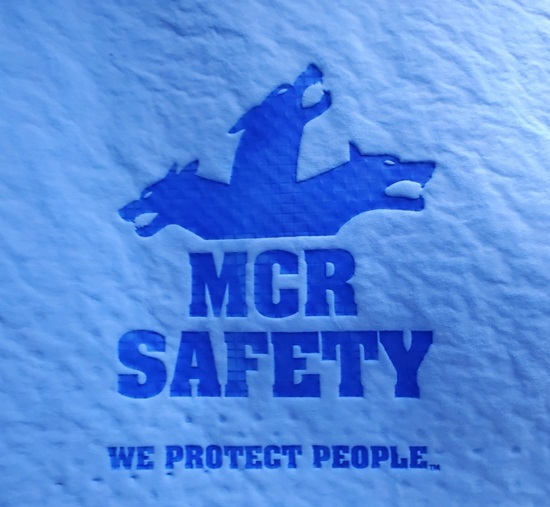
Any job site or gathering place with a high heat index or requiring heavy physical exertion should always have cooling towels nearby. You've figured out that you can beat the heat by having the correct type of gear on hand. MCR Safety offers a variety of high-quality, practical cooling towels and gear. When temperatures start rising, these instant-cooling forms of PPE become immediate lifesavers. Stay cool all day in a cooling bandana, cooling neck wrap, or cooling towel. You'll thank us later when it's super-hot outside, and you're experiencing the refreshing sensation our cooling gear offers!
For additional information on heat stress, check out our article Heat Stress and PPE.
Click the below image to leave us comments, questions, or any concerns.
For over 45 years, MCR Safety has proven to be a world leader in gloves, glasses, and garments. Whether it's lifting concrete, carrying heavy materials, or working at a construction site, we are there providing solutions to workplace hazards. It's all part of our commitment to protect people.
No matter your industry, we have the personal protective equipment you need.
Learn more about MCR Safety by checking out our most recent video. For more information, browse our website, request a catalog, find a distributor, or give us a call at 800-955-6887.
About the Author
Latest Articles





